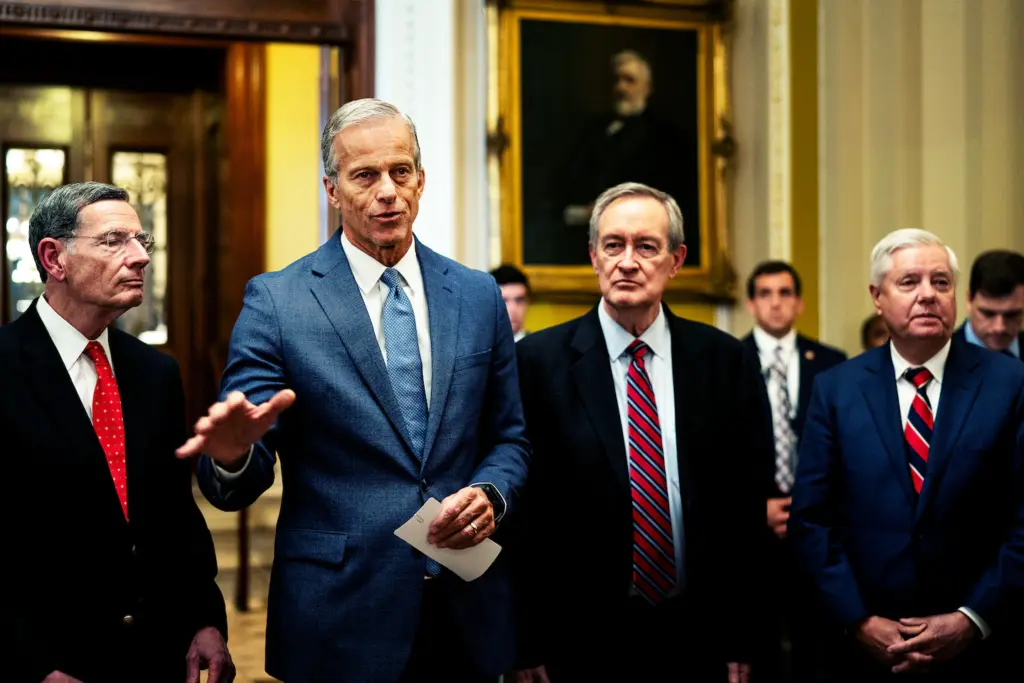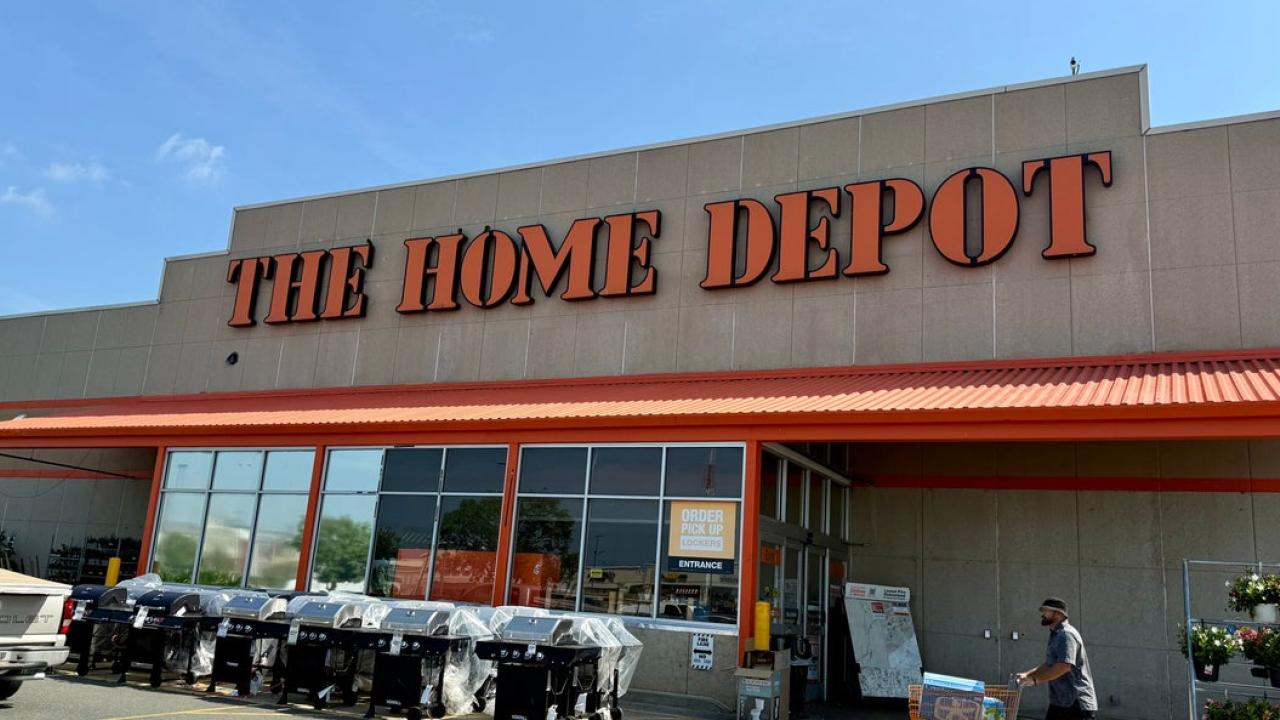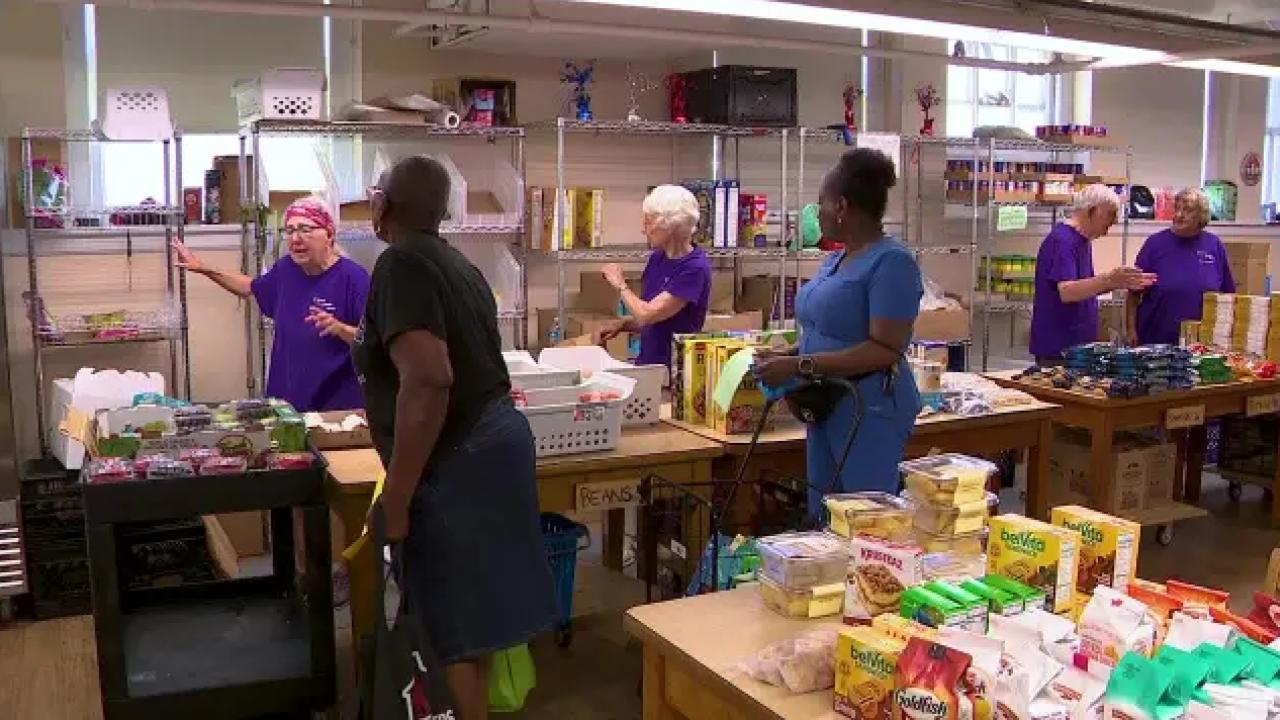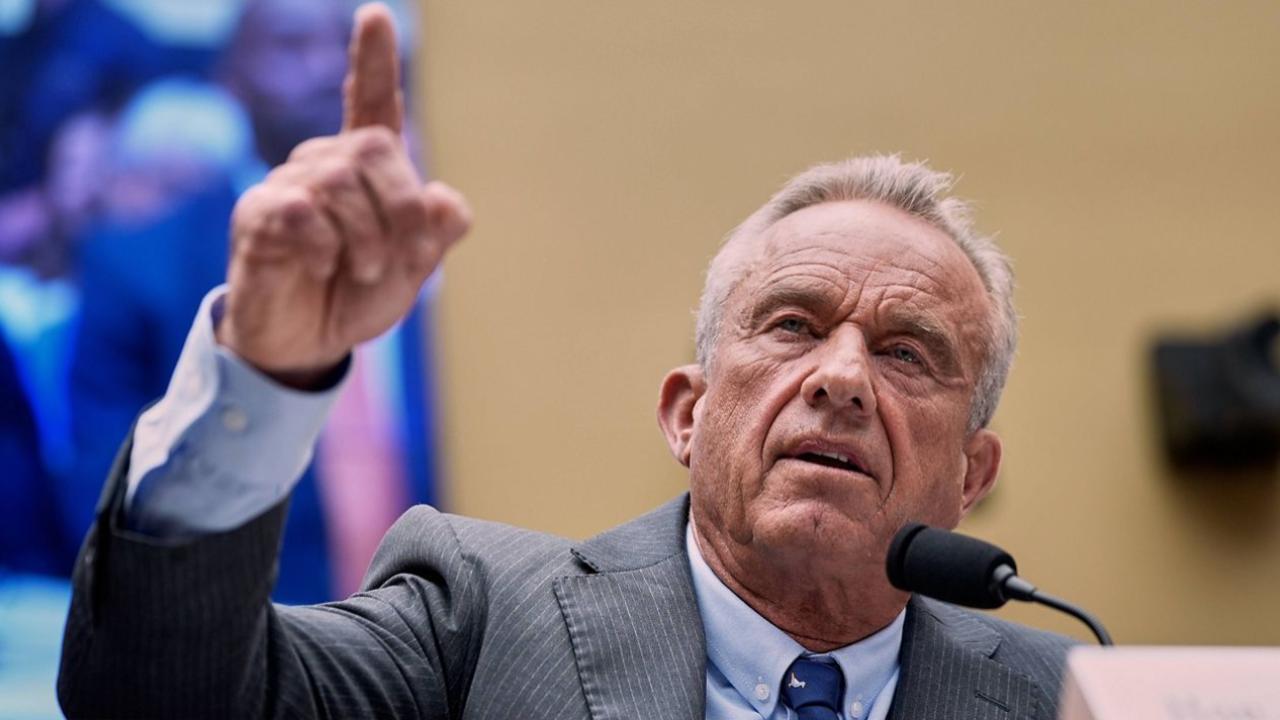President Trump’s sweeping “One Big Beautiful Bill” (OBBBA) cleared the Senate on July 1 and now faces a turbulent path in the House. While it promises tax breaks and conservative wins, the real shake-up lies in what it could do to Medicaid—and how that might affect millions of families across the U.S.

Trump’s New Bill Means for Families If It Survives the House Battle
This bill marks the biggest attempt to scale back Medicaid since the ACA. It ties access to work hours, limits state funding options, and reshapes who gets care—and who doesn’t. For many, the Medicaid shake-up isn’t abstract policy—it’s a question of whether their kid sees a doctor or whether a local hospital stays open.
What’s in the Bill?
New Work Requirements
Adults aged 19–64—especially those without disabilities or caregiving exemptions—must prove at least 80 hours per month of employment, training, or volunteer work. Parents and caregivers are included, a change from prior GOP proposals. States would also need to reverify Medicaid eligibility every six months.
Coverage Cuts and Cost Shifts
The Congressional Budget Office projects nearly 12 million people could lose health coverage if the bill becomes law. Of those, 7.8 million are on Medicaid. The others are mostly ACA exchange users who would lose subsidies tied to Medicaid benchmarks.
Funding Cuts to States and Hospitals
Starting in 2026, the bill phases out “provider taxes” that help states fund their share of Medicaid. It also slashes hospital payments and state-directed payment arrangements—tools that currently help pay for rural hospitals and safety-net providers.
Targeted Restrictions
The legislation restricts Medicaid benefits for undocumented immigrants and eliminates funding for Planned Parenthood and gender-affirming care beginning in 2027.
Ballooning the Deficit
Despite its cost-cutting language, the bill is expected to add $2.4–$2.8 trillion to the national debt over the next decade, largely due to its extensive tax breaks.
Who’s Most at Risk?
- Single parents and part-time workers may not meet the new work hour rules, risking coverage.
- Rural families who rely on small hospitals could face service cuts or closures.
- Immigrant communities and LGBTQ+ individuals may see care options vanish.
- Older adults and people with disabilities won’t face direct cuts, but red tape and provider shortages could reduce access.
“I’ve interviewed countless families navigating Medicaid,” said a health policy reporter who’s covered the program for 15 years. “When bureaucratic hurdles go up, coverage goes down—it’s that simple.”

What Comes Next?
The Senate passed OBBBA in a razor-thin 51–50 vote, with Vice President J.D. Vance casting the tie-breaker. House leadership is pushing for a floor vote by July 4, but several moderate Republicans are urging changes to soften Medicaid impacts.
Sen. Susan Collins (R-ME) and Sen. Thom Tillis (R-NC) have voiced concern over the bill’s effects on rural health infrastructure and coverage gaps. House Republicans in swing districts are reportedly negotiating to revise the work mandate and Medicaid cuts before backing the bill.
FAQs
When would these changes take effect?
If signed into law this summer, most Medicaid provisions would roll out in 2026 or 2027, depending on state readiness.
Is there a veto threat?
No. President Trump supports the bill and is expected to sign it promptly if it clears the House.
Are children or seniors affected?
Not directly. The work rules target adults and caregivers. However, funding cuts may disrupt clinics and hospitals serving all populations, including children and seniors.






